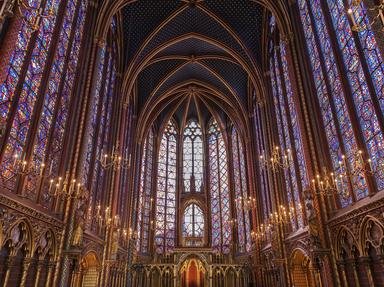Quiz Answer Key and Fun Facts
1. December 1st is the name day of Saint Eligius (also known as Saint Eloy). Which craft is most notably one of his patronages?
2. December 3rd is the name day of a Jesuit missionary to Asia. Born in Spain, he worked in India, Indonesia, Japan and China. What is his name?
3. Saint Barbara was venerated on December 4th. With which attribute is she usually depicted?
4. December 6th is a day of joy for many children in Europe. Which Saint is venerated on that day and is reported to bring gifts for the nice children? Naughty children are put into a sack and taken away.
5. December 12th is dedicated to Our Lady of Guadalupe. When she appeared to a local peasant, Bishop Zumarraga asked for some proof of the saint's apparition. What proof was given to Bishop Zumarraga?
6. Which patron saint of blind people is venerated on December 13th?
7. December 17th is the name day of a woman considered by some sources as the inspiration for the Beguine movement. What was her name?
8. December 21st is the name day of Peter Canisius, one of the Doctors of the Church. To which famous religious order (known for education) did he belong?
9. Saint Stephen is venerated December 26th. He was the first Christian martyr. How did he die?
10. December 31st is the name day of the Pope who ruled the Catholic Church from 314 until 335. What is his name? Hint: several events on this day carry this Pope's name.
Source: Author
JanIQ
This quiz was reviewed by FunTrivia editor
CellarDoor before going online.
Any errors found in FunTrivia content are routinely corrected through our feedback system.

